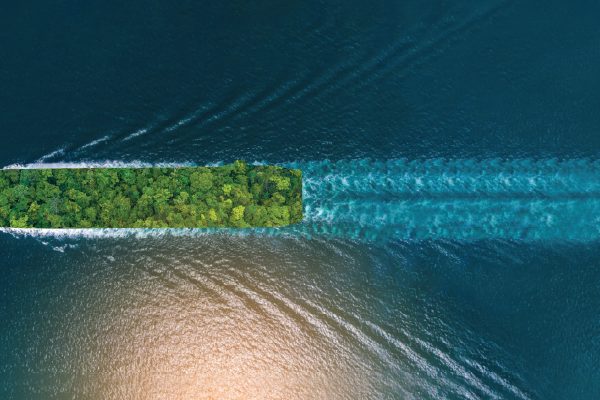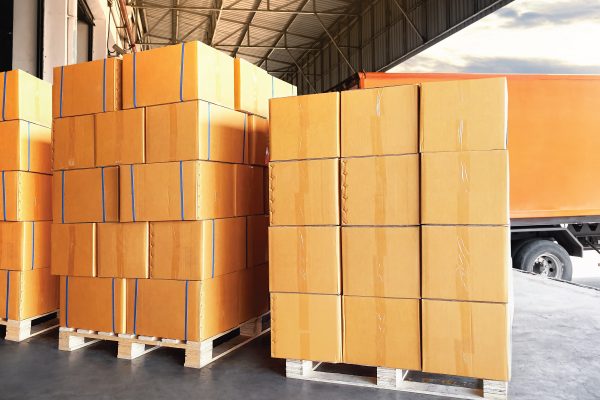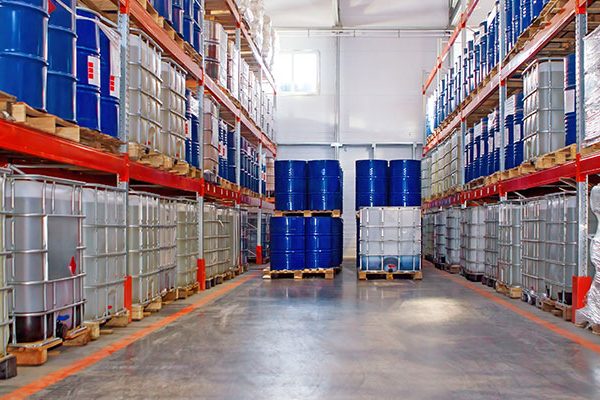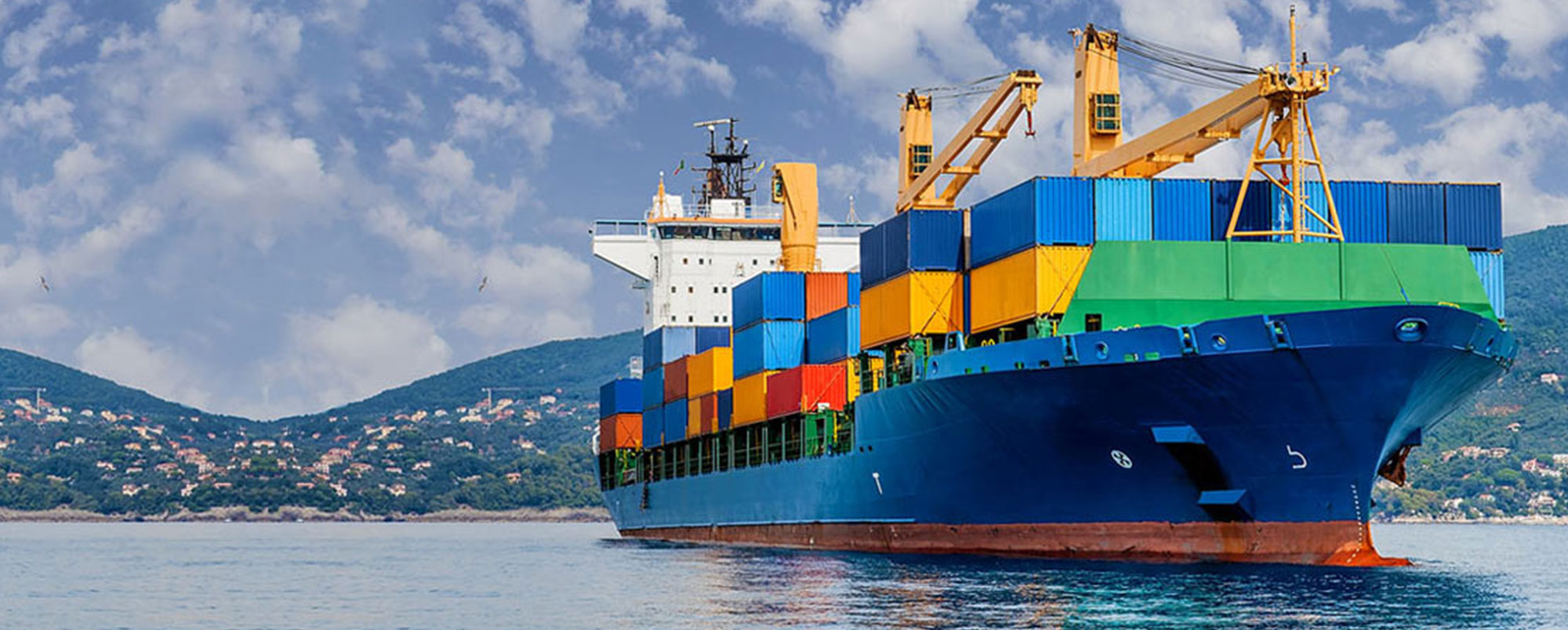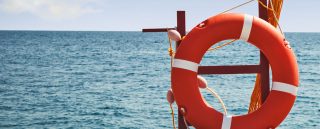A sea change for mariners The seafaring industry has witnessed tremendous change over the last half century or so
Robin Lee Graham, an American sailor and author, once said, ”At sea, I learned how little a person needs, not how much.”
Peek into the lives of mariners operating merchant vessels, and you’ll soon know the truth of this remark. Life at sea is not a glorious idyll watching seagulls circling above the mast and dolphins performing a jig over the ocean. It’s akin to braving nature’s elements and living in an isolated society on a floating island in the middle of nowhere — a tough, regulated and disciplined life, fraught with dangers.
While ships have more or less been performing the same function since hundreds of years, the same cannot be said about the people on board. From the days of keeping watch on the bridge with a pair of binoculars over the crow’s nest to using radars and high-technology systems for tracking ships, and from engaging in bloody battles with fierce pirates to adhering to International Maritime Organization guidelines, the life of mariners has undergone a sea change.
The quality of life, job profiles, duties, lifestyle, perks and other aspects of yesteryears are no longer the same — with some aspects becoming more challenging, while most others improving for the better. Here’s what has changed from stem to stern over the last 50 years or so.
Vessel size and headcount
Ships in ancient days depended a lot on winds and the conditions at sea for navigation
A wooden merchant vessel with a sail, such as a carrack would carry 40-80 people on board with a cargo capacity of 250-500 tonnes. That was way back in the 16th century. Later, individual roles and vessel sizes grew over the years, and in the 1970s, the number of people on board a 15,000-45,000tonne steel ship came down to just 36 or less. Presently, some crude oil tankers of almost 143,000 tonnes or more carry as few as 10 people. Heavy duty cranes do most of the hauling, and the Global Maritime Distress and Safety System (GMDSS) has replaced the need for a radio officer. This gives us a fair idea of the impact that technology has had on life at sea.
Impact of technology
Morse code was the only means of communication with the shore
The advent of the GPS system marks the end of the usage of sextants, making the life of the captain easier. Captains had to resort to sighting the sun at noon, or the Polaris at night, to estimate the latitude or the position line on a nautical chart. A ship without a sextant would be regarded to be lost at sea. All this has changed. Navigation officers now need not bother to know if there is a sextant on board. With the help of two or three GPS systems, they are aware of their position every second. In case the ship’s radar system fails, the coxswain at the wheel can alert others of an approaching ship, who can track it by estimating the arcs of its five lights.
Communication too, has changed. From radio officers on ships using the Morse code and medium and high-frequency transmitters to receive broadcasts from shore stations at fixed hours, leading to a time lag, to captains simply using the latest satellite phones, marine VHF, email communication and GMDSS. The captain is in a position to take action immediately.
Systems are connected and data streams are live. What the chief engineer sees on his console in the ship is replicated on the screen of the technical head in the ship’s shore office.
Safety
Satellite communications has made communication easier and faster
Prior to the internet era, there was no threat of cybercrime, and systems and gadgets were safe from being remotely hacked. However, in the digital era, internet connectivity poses the threat of online attacks. Loading and discharging is done in a particular sequence, which is electronically controlled. The ship is connected with its shore offices, ports are connected with ships and ships are connected with each other through the Automatic Identification System (AIS). Such networks can easily become prone to attacks.
The method of ruling out any possibility of collision between ships by gauging their course has also become archaic. There is no need to plot dots to denote the course of the target ship and determine if it was on a collision course. Radars have taken over this function. They can simply be configured to track a target and monitor its direction and speed. This is mapped with the ship’s own data to estimate any chance of collision, and to calculate the closest point of approach (CPA). Moreover, the AIS helps track other ships and obtain details about their call signs, names, speed, course and position, besides the CPA.
A ship follows a checklist for every action, and specific safety protocols — right from activities conducted on the ship to the health and well-being of mariners. For example, before entering a tank, it must be ascertained if the air is fit for breathing. A person can only enter it if someone keeps a watch over the tank outside. The captain needs to be informed of whatever happens on board — including an event where the cook accidently burns the chicken in the kitchen. These protocols have successfully reduced the percentage of accidents over the years and fewer ships end up in Davy Jones’s locker. A Designated Person Ashore is responsible for ensuring that the International Ship and Port Facility Security code and international safety management practices are implemented on board.
Training and education
The humble telescope has been replaced by more sophisticated equipment to aid the captain in navigation
It is said that those who ran afoul with the law used to become sailors. Those were the days when these accidental sailors would find gainful employment, unlike the present times when both the quality of training as well as education levels of mariners have significantly improved, people making conscious career choices. Sailors are trained extensively before coming out to sea, and this also includes know how about correctly loading cargo to avoid it from shifting or the ship sagging or bending. Nowadays, it’s not uncommon to see incumbents hailing from prestigious institutes such as the Indian institutes of technology.
Lifestyle and perks
The view of the seas from the Chief Engineer’s console in the ship is replicated on the screen of the technical head in the ship’s shore office at the same time
Thirty years ago, the wife and children of a ship’s captain or chief engineer would generally accompany them on board, and this would promote bonding and bonhomie. Children would grow up to learn the lingo of sailors, and wives would happily help in the ship’s kitchen. That’s not the case anymore. With an increasing priority on children’s education and careers, the rest of the family chooses to stay ashore. One captain jokingly referred to himself as being a mere ATM for his family, with whom he spends not more than four months a year at home.
Before the turn of the century, no one would go near the captain’s cabin when he was resting for fear of disturbing him. If the captain’s child was small, a steward would gently usher him or her away from the dining room to make sure the captain has his meal in peace. The same steward would also iron the captain’s uniform, polish his shoes and attend to his pantry-related needs. The captain had a huge drawing room, a large bedroom and a pantry. He had more time on hand, and mainly spent it supervising the team on board.
The captain that we know today multitasks, goes on the deck, and even operates the winches. His schedule is busier than before, with increased reporting and paperwork. Instead of a personal steward, there is only one steward and a cook to serve everyone on board. Two stores look after the requirements of all people, and a mess committee looks into the menu and all dining-related matters. The captain’s rooms are now smaller than what they were earlier.
Turn back the clock and you’ll find that the average ship waiting time in global ports was 10-12 days. This gave seafarers the opportunity to spend time with locals, indulge in shopping and enjoy the experience of staying in foreign lands. On the flip side, this also saw both new and illicit relationships blossoming, resulting in impulsive marriages, sailors deserting their ships and some of them contracting STDs. Those were the days when the aphorism ‘A sailor has a wife at every port’ made society look upon sailors with a jaundiced eye. Fast forward to the present, and you’ll see that ships anchor for just about 10-12 hours at ports, leaving practically no room for such shenanigans. Moreover, shipping contracts are shorter, generally demanding sailors to follow the cycle of being four months at sea followed by two months at home. This has brought them closer to their families.
The line crossing ceremony
A captain is armed to the teeth in terms of technology to navigate and control the ship
Crossing the equator has always called for an informal ceremonious ritual for Pollywogs, or sailors that have never crossed it before. Popularly known as the line crossing ceremony or equator crossing ceremony, this is one of the age-old traditions that has lived on in seafaring communities. It symbolises the initiation of a sailor and indicates that he has now become seasoned. Seamen that have crossed the equator are referred to as Shellbacks, or Sons of Neptune, the Roman god of the sea. Pollywogs would traditionally be ragged at the time the ship crosses the equator. A chosen, experienced sailor would dress up as Lord Neptune and would think of ingenious ways of initiating or ‘baptising’ the Pollywogs into Shellbacks. This could include just about anything, such as pouring paint over the head, or shaving the hair on the head to make it look like the earth with just a hairline representing the equator, or even asking them to guzzle down beer till they get tanked. However, with people choosing to conduct it in a more civilised manner, the initiation ceremony has gotten to be less outrageous.
Laws
Staying on course is no longer a manual job as it can be set on auto-pilot mode when needed
Some of the laws that have changed over the past 50 years have been both interesting as well as impactful. For example, earlier, an Indian ship’s captain had more legal powers. An Indian ship being considered as a sovereign Indian territory, the captain had the right to sanctify marriages, or even pronounce divorces on board — which is not the case today.
Mariners were permitted to carry wine and alcohol on board, and as a result, several of them became alcoholics. It wasn’t uncommon to spot sailors carousing in the late hours of night with a bottle of rum in the hand. This increased the risk of accidents too. Not anymore, thanks to the Drug & Liquor Policy that prohibits the carrying or consumption of wine and alcohol on board.
Maritime rules also forbid people on the ship to work for extended hours to avoid the risk of fatigue setting in. There were several instances of captains staying awake and working for as long as 36 hours. Currently, they only work for a certain number of hours, and are supposed to sleep for a minimum of 6 hours at a stretch.
Fifty years ago, a ship could set sail even if it didn’t have a functional radar. In such a case, the navigators would resort to a manual process of plotting positions unlike in the present scenario, where a ship is not supposed to set sail if its radar isn’t functioning.
Career options
The ship’s control bridge hosts a plethora of technologically superior navigating equipments
People used to more often than not choose jobs on ships to fulfil their dreams of making big bucks, but nowadays, there are several shore jobs for landlubbers that offer similar annual compensation.
A whopping 90% of the world’s current EXIM cargo volume moves by sea. Apart from other kinds of cargo, ships carry essential commodities for human consumption, and oil and fuel for heating and cooking. It is said that in the absence of ships, half the world would starve and the other half would freeze. For a fraternity performing such a crucial role, what else can be said but ”bon voyage”.





